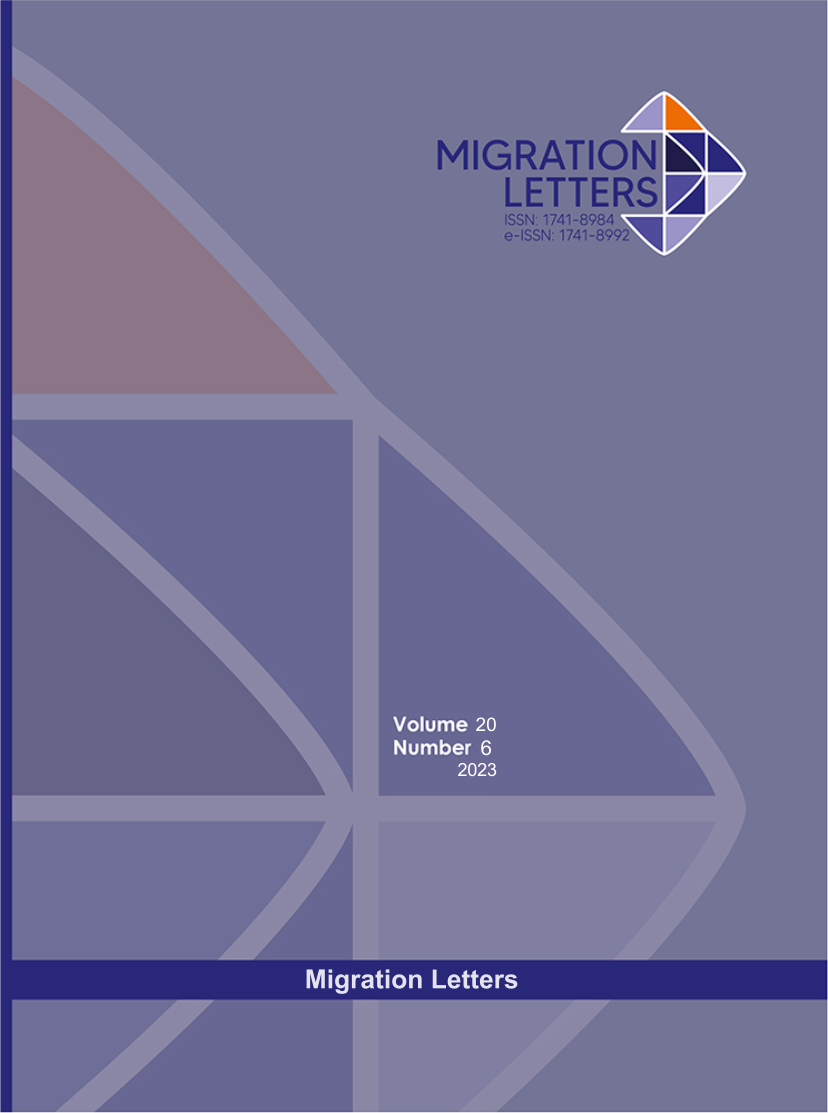Development of New Correlation Fines Content, NSPT and CPT Using Neural Network Approach and Multilinear Regression to Support Liquefaction Hazard Analysis
DOI:
https://doi.org/10.59670/ml.v20i6.4388Abstract
Identification and characterization of constituent soil types in the form of Fines Content (FC) values are essential in analyzing the potential of soils to be liquefaction. Multiple Linear Regression is one of the fundamental statistical models used to determine the causality between target and predictor geotechnical parameters. The study used multilinear regression approaches and artificial neural networks to get optimal results from FC predictions. The study considers the correlation between the SBT Index and FC and several other parameters such as NSPT, Depth, Totally Overburden Stress, Initially Overburden Stress, and Sleeve Friction. The coefficient of determination resulting from the regression process shows a reasonably strong relationship between the independent and target parameters, as much as 61.4%. In comparison, the Neural Network is 96.928%, which indi-cates a nonlinear influence.
Metrics
Downloads
Published
How to Cite
Issue
Section
License

This work is licensed under a Creative Commons Attribution-NonCommercial-NoDerivatives 4.0 International License.
CC Attribution-NonCommercial-NoDerivatives 4.0






